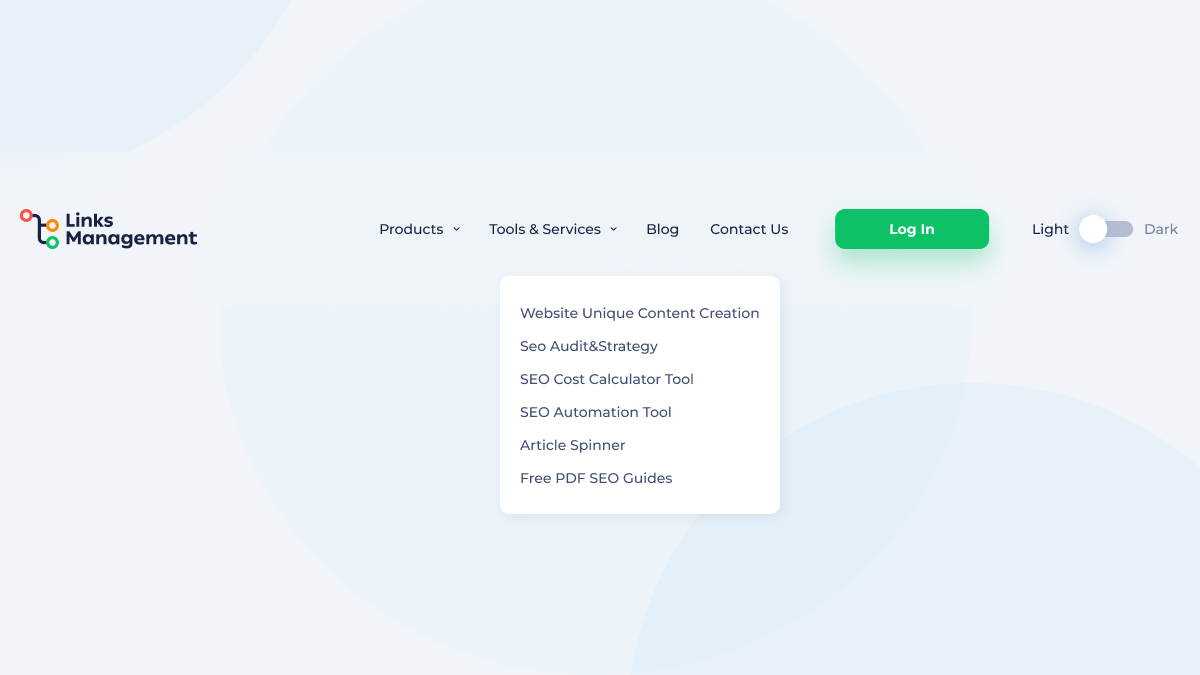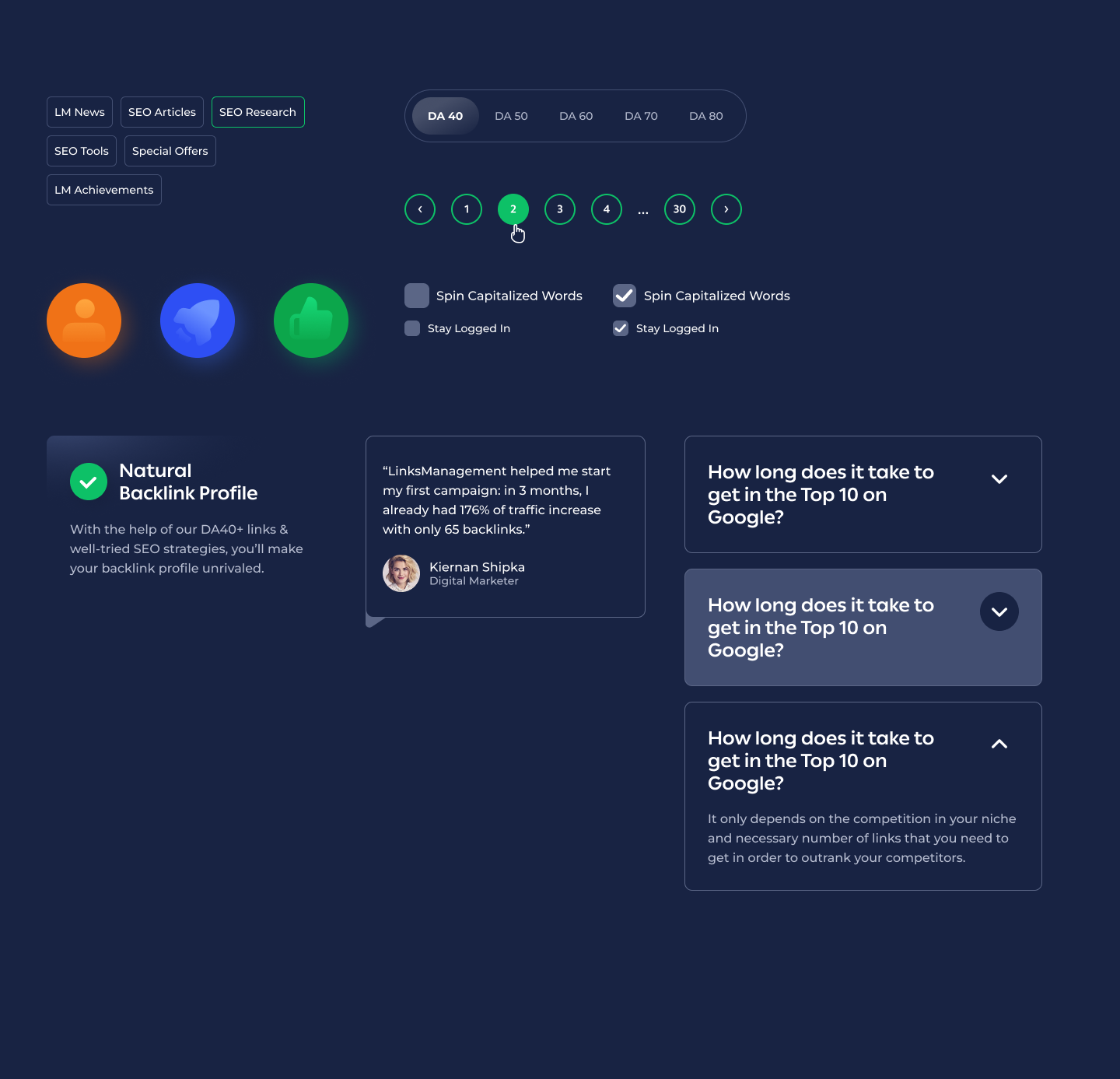Site Structure: the Ultimate SEO Guide
A good website is like an assembled mosaic: completely different elements in it are ideally combined with each other, forming a whole and beautiful picture. Before you create your page, you need to understand how the SEO site structure of the site is arranged. In this guide, you will learn what a site structure diagram is made of. Now, any company needs its website: this is to attract customers, image, and convenience.

But if this has long been obvious and the question of creating a website for an organization is seldom raised, then SEO for the site being created can be left out. You can and should start creating an optimized site structure for search engines at the stage of developing a web resource. This way it will be easier to reach the top and stay in it.
General Info
- Choose a CMS with a basic set of SEO features, such as WordPress, Joomla!, 1C-Bitrix, Tilda, PrestaShop.
- Check the domain: it should contain keywords – brand name or topic. By the name of the domain, the user should be clear about which site he or she opened. If you bought a domain with a history, analyze its pages in the index using the web archive and find out if the search engines did not impose sanctions.
- The template should be not only for the main one, but for everyone else.
- Seo-recommendations for optimizing a new site for Google are set out by the companies themselves. Trend-setting Google pays special attention to mobile searches. This is an important SEO rule for creating a site: when ranking, the search engine evaluates how the site will work on mobile gadgets. How will search engines deal with a poor site structure? They have specific mechanisms for this, but this is ineffective for the company itself.
- Install an SSL certificate: the website must be on the secure HTTPS protocol – this is a Google ranking factor.
- Site loading speed also affects rankings, so it should be in the green zone of the Google service, both for mobile and desktop versions.
- Consider in advance the use of elements that increase the conversion of the site, such as chatbots.
Hierarchy and Navigation
- Only one version of the site should be available, either with “www” or without “www.” If both versions are available, use an HTTP 301 redirect.
- Each URL must be accessible either with or without a “/” at the end. It should not be allowed that due to the absence or incorrectly configured 301 redirect, pages of both types were opened.
- The structure of the resource should provide space for static pages.
- Basic SEO optimization for the developed site, which can be brought to mind for more than one month, is, among other things, working with 404 pages. The main pages should not be in empty sections.
- All URLs for sections that contain other pages must end with a “/” character. URLs that do not lead to other nested sections are written without the “/” character at the end.
- The structure of the site must be ordered (the names of the sections-directories must correspond to their content, the hierarchy of the sections must be clearly traced by the user in each URL).
- Pages that provide the most value to users should be no more than three clicks away from the main page.

Links should not be represented by Java or AJAX scripts. Navigation must be text.
Be sure to use navigation chains on the pages of the site, “breadcrumbs”. The structure of breadcrumbs should be ordered and consistent.
The site’s vertical tie structures must be in place:
- links from the main page to the category pages;
- links from category pages to subcategories, product / service pages.
The horizontal binding structures of the site must be in place:
- category pages link to other corresponding category pages;
- pages with specific products link to other related products.
In internal linking, you cannot mix URLs with www and without www.
One page should not have different URLs.
Sections and pages should have NC – human-readable URL. The URL should contain 1-3 words written in transliteration or in English and display the essence of the page. If possible, prepositions, articles, conjunctions and other connecting particles of English (or any other local language) should be avoided.
You should avoid having GET parameters in the URL, especially session IDs.
The 404 page should be informative, it must have links to the main page and the HTML sitemap page. Non-existent site pages should always return a 404 HTTP code, and not redirect the user to the main page. Such pages should have a title: “Error 404, page not found”. The non-standard page used for 404 responses must be blocked from indexing via robots.txt. This page should return a 404 server response.
In basic seo-optimization for a new site, the presence of HTML and XML sitemaps is required. The XML map must list all the pages that exist on the site. The XML map must contain all existing page addresses.
Text
- Absolutely all seo-requirements for the development of a new site include the installation that on each page of a product or product there should be a place for seo-text.
- It is necessary to place the text in the form of actual text, not pictures. Access to the text should not be hindered by various design solutions – it is available immediately, and does not open on click / hover, etc. The text must not be hidden by Java, AJAX and other scripts.
- If infographics will be placed on the page, then it should at least partially be presented in the form of text, not images.
- The text on the site should be easy to read and formatted, should not contain spelling errors.
- If possible, lists should be used in the text and divided into separate full-fledged blocks for easier assimilation of the content. Important elements in the text should be highlighted graphically, not through html attributes.
- The text should not be spammed with keywords.

- All pages must contain unique text – this SEO recommendation for creating a site has opponents, but for now it is still relevant.
- The text should contain 1 heading with the H1 tag, which should include keywords and phrases that are key in meaning; it should be higher in the structure of other headings. Headings with the H2 tag in the text can be from 2 to 6, and they must also include keywords and phrases. You can’t put all the text on the page in the title tag.
- Headings should at least partially match the navigation.
Images
- For the best seo effect, even at the site development stage, you need to prescribe an alt-attribute for all pictures and include promoted words on a specific page in it. It is not recommended to insert more than 7 words in the alt attribute. The images themselves must be unique, with a license to use and edit.
- Only popular image extensions (JPEG, GIF, PNG, and BMP) should be used.
- An image can be opened as a separate page without text, but only if this image is present both on a standard page and is opened separately in an enlarged view.
Meta Tags
- All pages should be able to edit meta tags and add text.
- Meta tags on all pages must be unique.
- The “title” tag should match the content of the page and include the main search queries, its length should not exceed 70 characters.
- The “description” meta tag should be a brief and unique description of the content of the page (using keywords) in the amount of 2-3 sentences. It must not match the “title” tag. The maximum number of characters is 150.
- Meta tags on each page should contain an occurrence of the brand keyword – “company brand name”.
- On standard catalog pages and other non-promoted pages, the “title” and “description” meta tags must end with “company brand name”.
Site Map Structure: Basic Parts
All parts in this section are required for the site to function correctly – so make sure they are present on every page.
1. Header and menu
The header (which is also called the “header” of the site) is located at the very top of the page above the content part. It almost always includes a logo and a top menu to help visitors navigate the site.

It depends on the page type what exactly will be located in the header. For example, if you are planning to create an online store, it is logical to place various product categories in the header so that the visitor will quickly find what he needs. A charity site might place a donation form or a link to a relevant page in the header to make sure it grabs the reader’s attention. In any case, at a glance at the header, the visitor should understand where to go and what to click on: this way you will keep the reader’s attention and reduce the bounce rate.
2. Visual part
Immediately after the header, there is usually a section with an image, a series of images, or a video. The header and the visual below it is commonly referred to as the “cover” or “front screen”. The cover image plays a crucial role in creating the first impression and often determines whether a visitor stays on the site or closes the page after a couple of seconds.
Remember that the visual part should be directly related to the content of the site. For example, an online store might feature product images on the cover, while a portfolio site might feature a freelancer image or their best work. Choose high-resolution images and videos to give your site a professional look.
3. Content part
The content part follows immediately after the cover, and contains more detailed information about the site owner, business or organization. Here you can put a short text about yourself or a brand, describe the company’s philosophy, place a small gallery with best-selling products, or just leave a button with a call to action. The main thing is that after reading this part, the visitor should have no questions about what exactly your site is about.

4. Footer
The footer (also called the “footer”) is the lowest part of the site. Usually, it duplicates a menu with links to all important pages, including those links that are not presented in the header.
In addition, the address, mobile phone number and other contact information are placed in the footer. This part is especially important for business owners who want to stay in touch with customers.
And finally, in the footer, there are links to social networks – in a list or in the form of miniature icons. This helps to attract new users, build a customer community and increase brand awareness.
Conclusion
SEO website optimization is a set of actions that helps to bring a page into the top 10 Google search results. And this brings more traffic, improves conversion and ultimately increases the profit of your business. SEO is a tool without which it is impossible to beat the competition and succeed in the online space. Website and structure (correct) are one of the keys to the success of your company.
It is worth saying that it usually takes some time for search engines to start showing pages of the site in search results, especially if the site is new and has not been promoted before. We can’t give a specific time as it depends on a variety of factors such as industry competitiveness, having the right keywords, the quality and freshness of the content posted, and the level of site optimization.
Remember that a high ranking of a site in search engines is often not a matter of one day. You need to give Google bots time to process the changes you’ve made. In addition, in the language of sports achievements, SEO is more of a marathon than a hundred meters. It’s an ongoing process, which means you can (and should) regularly add new, high-quality, original content to your site to rank even higher in the search results.
Enter URL & See What We Can Do Submit the form to get a detailed report, based on the comprehensive seo analysis.